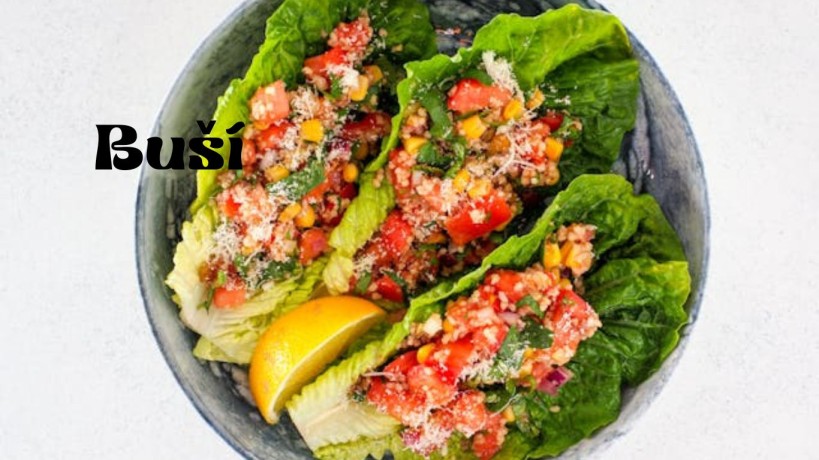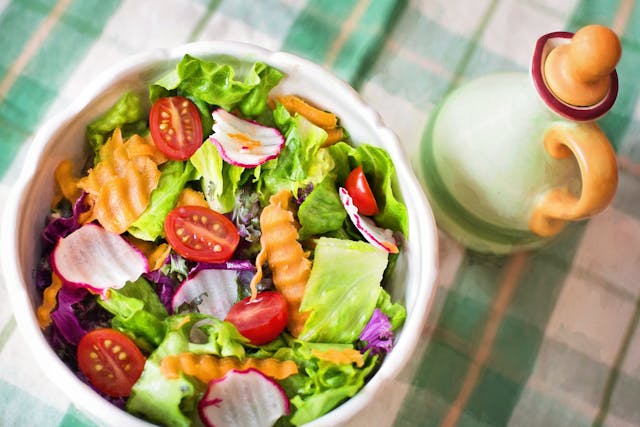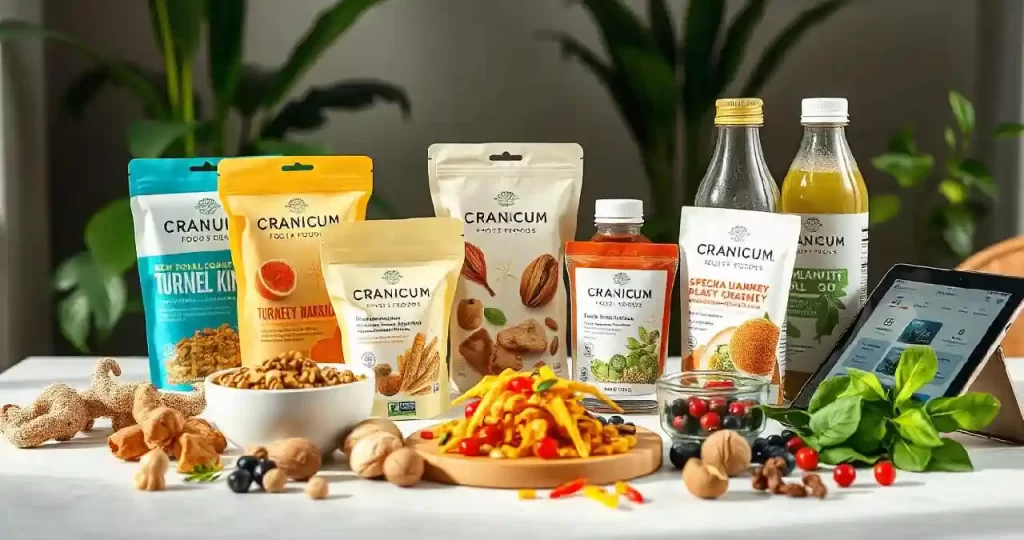Buší | A Delicate Culinary Experience In Colonial Culture

In a culinary tradition, a blend of indigenous and colonial influences is defined by the Buší with its simplicity but delicious flavours. It is a traditional dish staple in Irish cuisine with its rich history and origin.
Its cultural significance has led to its integration into Irish culture and its association with St. Patrick’s Day festivities. Both locals and travellers like this meal, which is well-liked in eateries and Irish pubs.
This delicacy has gained popularity worldwide due to many health benefits. Its variations are found in different regions by altering some ingredients and making process. However, various nutrients of this dish spread their aroma beyond the boundary of colonial jurisdiction.
Let’s go and have a close look through a culinary journey for the cultural aspects of Buší at the simple but delicious flavours.
The Origin and History of Buší:
Come to the 18th century to know the origin of the Irish dish. At that time, cabbage was a cheap and available vegetable and potatoes were a staple crop in Ireland. Buší was a simple and affordable meal to feed a large family and made with both of these ingredients. Nonetheless, both of them have so many health benefits.
Time has gone and the dish has gained popularity worldwide through variations in respect of cultural and regional aspects. Now it has formed for both vegetarians and non-vegetarians with the inclusion of meat and other vegetables such as carrots or turnips.
This dish remained a constant in the diets of the Irish people when Ireland was facing a devastating potato crop failure in the 1840s. It holds popularity as a unique place too within Irish history.
Now it has become an integral part of the Irish culture and is associated with St. Patrick’s Day celebrations. This popular dish is available at Irish pubs and restaurants and is celebrated by local people and tourists.

How To Make Buší?
There is no large list of ingredients and intricacy to prepare the famous colonial dish. Some simple ingredients that are available around your region make it easy to prepare the same at your home too.
Ingredients:
The ingredients mentioned here for both veg and non-veg Buší as the variations have developed through different cultures and regions.
- Chopped Cabbage and potatoes for a vegetarian dish.
- Alternatively, you can use the meat for other variations such as pork, chicken, or beef.
- Garlic & ginger paste and chopped onion are used for a non-veg dish.
- Achiote oil adds subtle earthiness and vibrant colour.
- Cheese adds a salty and creamy dimension.
- Butter.
- Milk.
- Salt.
- Chili Peppers.
Making Process:
For Vegan Dishes:
- Simmer the water in a large pot.
- Add the chopped cabbage and potatoes.
- Wait for about 15 – 20 minutes until both are tender properly.
- Take out the pot from the oven.
- Drain the water.
- Keep tendered items in a large bowl.
- Mash them together until they become smooth.
- Add butter, salt, pepper, milk, garlic, and onion paste.
- Stir the mixture properly.
For Non-vegitarian Preparation:
- Marinate the choice of meat in a mixture of achiote oil, garlic and ginger paste, onion, and spices for about 30-35 minutes.
- Prepare the plantains by either frying or boiling them until tender.
- Assemble the dish layering with cooked meat, plantains, and cheese in a baking dish.
- Allow the flavours to meld together.
- Bake the assembled dish until the cheese is melted.
- Wait till the flavours are thoroughly combined.
- Serve it hot and enjoy!

Medicinal Benefits of Buší:
Its main ingredients are cabbage and potatoes. As per the source, ingredients are packed with nutrients. There are other benefits of those main ingredients including:
- It helps to improve digestion and heart health.
- It may lower blood pressure and bad cholesterol levels.
- This ingredient is an excellent source of vitamins C and K.(Cabbage contains a rich amount of vitamin C that plays a crucial role in the body. It acts as a powerful antioxidant and supports immune health.)
- The non-veg dish increases muscle mass and strength, boosts metabolism, reduces appetite and hunger levels, and maintains weight loss.
Conclusion:
Buší is delicious on its own and can be served with traditional supplements like rice, salsa, or avocado. The whole dining experience is improved by these additions. Let us honour the cultures, traditions, and communities to give the proper shape of their evolution and presence on tables around the globe.
FAQs:
What are the possible variations of Buší?
Keeping the same Buší tradition, many dish variations are Colcannon, Bubble and Squeak, and Champ.
Is there any role of Buší in festivals and events?
During gatherings of families and friends in festivals and events, Buší creates memories, strengthens bonds, and takes center stage as a symbol of unity and pride.
How do presentation and garnishing enhance the overall dining experience?
Proper presentation and garnishing are crucial aspects of serving a traditional dish. Selecting the right palate that complements the flavor, color, and texture of a traditional dish can add an authentic touch to the table setting.



